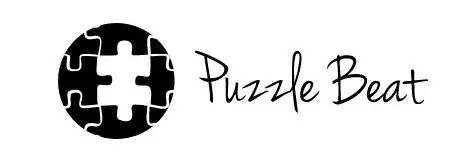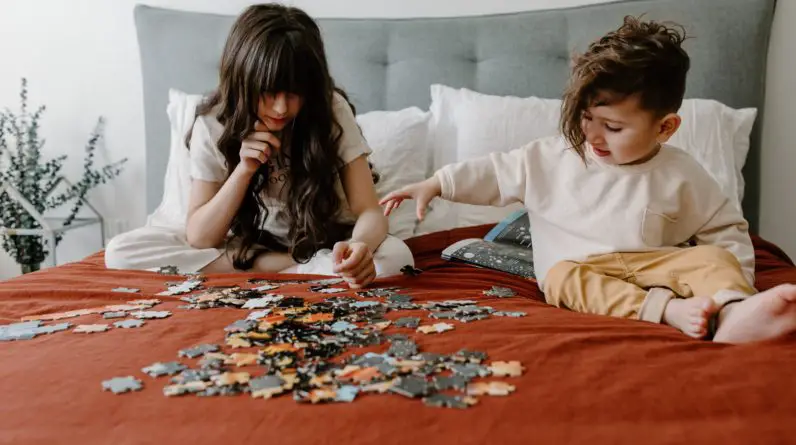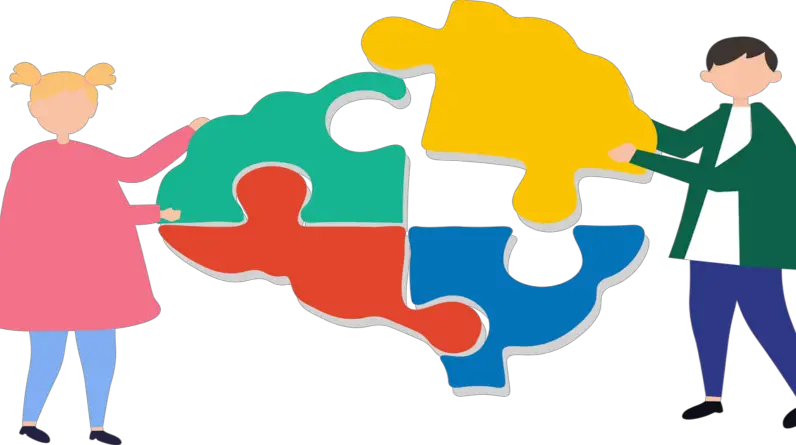
How Jigsaw Puzzles Benefit Your Brain
Jigsaw puzzles are a unique way to exercise your brain. They are loads of fun, and offer the opportunity for creativity to shine through. After all, you get to choose the picture that you want to create with the various pieces that come in a puzzle set! When it comes down to it, these puzzles are good for more than just your mind, it has been found to also lower your blood pressure and heart rate!
How jigsaw puzzles are good for your brain
Jigsaw puzzles are not only a fun and addicting pastime, but they offer some serious brain benefits as well. From improving your memory to boosting your problem-solving skills, working on jigsaw puzzles can help keep your mind sharp at any age.
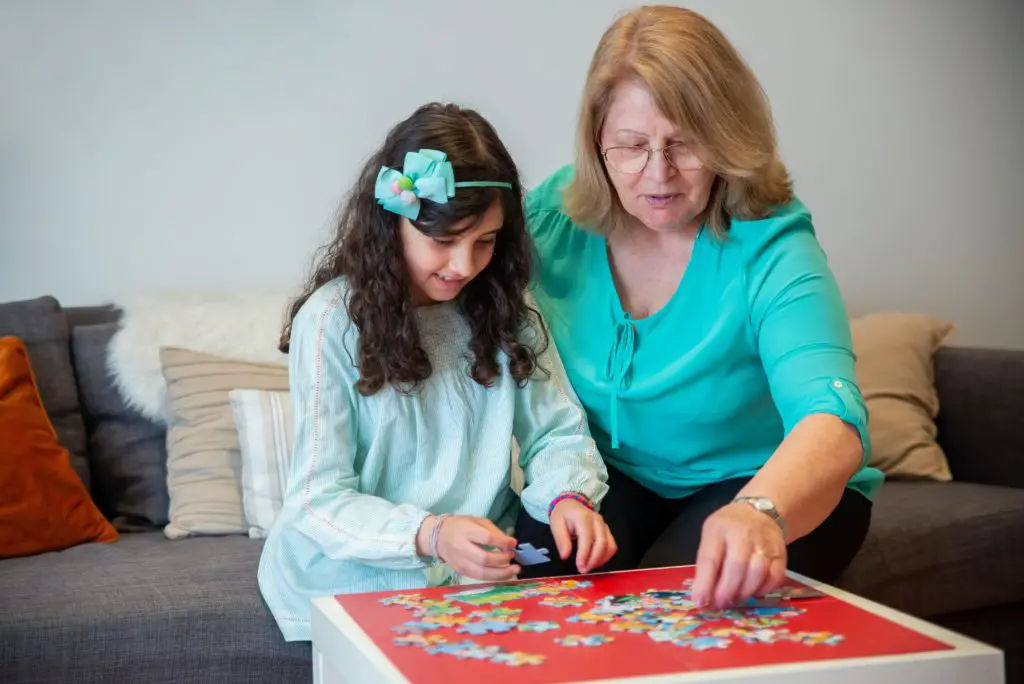
One of the main benefits of jigsaw puzzles is that they can help exercise the left and right hemispheres of the brain at the same time. This is because puzzles require both logical and creative thinking to solve. Keeping the brain active in everyday life can help prevent cognitive decline.
Puzzles also provide a great opportunity to improve your visual-spatial skills. This means being able to see the big picture while also paying attention to small details. Visual-spatial skills are important for many everyday activities, such as reading a map or driving in unfamiliar territory.
These puzzles enhance your short-term memory. Have difficulty recalling what you ate for lunch yesterday? Puzzles might assist with this. The act of completing a puzzle aids in the strengthening of synapse connections, enhances mental speed, and is an especially useful tool for enhancing short-term memory! This is why jigsaw puzzles are an excellent aid for people suffering from Alzheimer’s or Dementia.
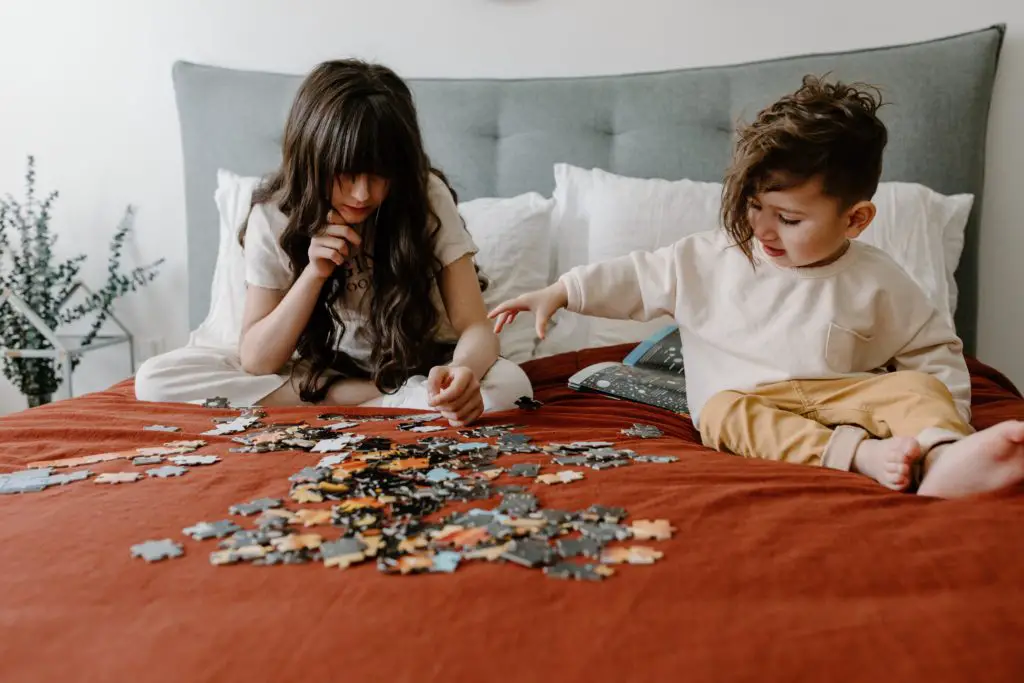
Puzzles provide mental stimulation helping to reinforce connections which are obviously good for the brain. Jigsaws also help to delay the onset of dementia and can improve cognitive function in those who are already suffering from it. Puzzles are great for problem-solving, logic, memory, concentration and spatial skills – all essential life skills! So why not get puzzling today?
The history of the jigsaw puzzle
The jigsaw puzzle was invented all the way back in 1760 by John Spilsbury, a London mapmaker and engraver. He created the puzzles as a way to help children learn geography. The first Jigsaw puzzles were made of wood and had pieces that were cut out of a wooden board. They were primarily for children as a teaching guide with maps or bible verses.
Cardboard jigsaw puzzles entered the marketplace in later part of the 1800’s. It didn’t really take off because the perception of the puzzle pieces were lower quality compared to wooden puzzles.
It wasn’t until the early 1900s that Jigsaw puzzles became a popular form of entertainment. In 1908, Jigsaw puzzles were mass-produced for the first time in America by Parker Brothers and sales soared. The Golden Age of Jigsaw puzzles began! This frenzy for jigsaw puzzles grew until 1911 and sales soared through all of New England.
By the great depression jigsaw puzzles became a huge form of entertainment due to their low cost. Jigsaw puzzles also started being used as a marketing tool. Companies would put their logos on the Jigsaw puzzles and people would put them together and then have to look at the company’s name or message every time they completed the puzzle.
Today, jigsaw puzzles are made from paperboard making them easy to mass produce and be cost effective. It hasn’t been since the early 1900’s that jigsaw puzzles have seen a resurgence in the 2020’s due to the Covid restrictions.
Types of jigsaw puzzles
There are many different types of Jigsaw puzzles on the market. Classic jigsaw puzzles are rectangular in shape and have a variety of piece counts, typically ranging from 100 to 1,000 pieces. But there are also round Jigsaw puzzles, shaped Jigsaw puzzles, 3D Jigsaw puzzles, and even glow-in-the dark Jigsaw puzzles.
More sophisticated, but still common puzzle sizes can range from 1,000 to 40,000 pieces. The largest jigsaw puzzle had 551,232 pieces and measured 14.85 × 23.20 m (48 ft 8.64 in × 76 ft 1.38 in). It was created by Bob Crescenzi and completed in 2002.
The Jigsaw puzzle market is booming and it’s not hard to see why. Whether you’re a seasoned puzzler or just getting started, jigsaw puzzles offer a wealth of brain-boosting benefits. By strengthening connections between neurons, enhancing mental speed, and improving short-term memory, puzzles can help keep your mind sharp at any age. Jigsaw puzzles aren’t just for kids and can also be found in the form of puzzle boxes. They make for a great activity to do alone or with friends and family. So next time you’re looking for a fun and challenging way to spend some time, consider working on a jigsaw puzzle!
